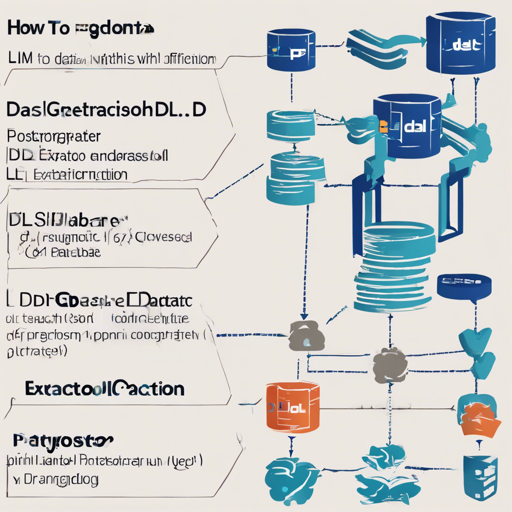In the world of databases, managing your Data Definition Language (DDL) scripts efficiently is crucial for any database administrator. The DDL eXtractor for PostgreSQL provides a powerful way to generate SQL DDL scripts without the hassle of external tools like pg_dump. This article will guide you through the steps of using this SQL-only extension seamlessly, troubleshoot common issues, and explain the overall process with a creative analogy.
What is DDL eXtractor?
The DDL eXtractor is a PostgreSQL extension that simplifies the generation of SQL DDL scripts for the objects created in your database. By using this extension, you gain the ability to extract DDL using any SQL client, without needing shell access or the complexities of shell commands.
Installation Steps
Installing the DDL eXtractor is straightforward. Here’s how you can do it:
- Open your terminal.
- Run the following commands:
make
make install
make installcheckmake PG_CONFIG=somewhere/bin/pg_config
make PG_CONFIG=somewhere/bin/pg_config install
make PG_CONFIG=somewhere/bin/pg_config installcheck
make PGPORT=5432 PG_CONFIG=/usr/lib/postgresql10/bin/pg_config clean install installcheckCREATE EXTENSION ddlx;Using the DDL eXtractor
The DDL eXtractor comes with an easy-to-use API providing three main functions:
ddlx_create(oid, options)– Builds SQL DDL create statements.ddlx_drop(oid, options)– Builds SQL DDL drop statements.ddlx_script(oid, options)– Builds SQL DDL scripts of entire dependency trees.
For example, to create the DDL for a table named users, you would execute:
SELECT ddlx_create(users::regclass);Understanding DDL Extraction with an Analogy
Think of extracting DDL as being akin to preparing a recipe from a hidden cookbook. Imagine that the cookbook (your database) contains various recipes (the DDL for database objects) – some are beautifully illustrated, while others are mere scribbles. The DDL eXtractor acts as a chef (you) who has the skill to decipher those scribbles and interpret them into well-organized, step-by-step recipes (formatted DDLs). Just as a chef can pull out a specific recipe without needing to see the entire cookbook every time, you can extract specific DDL statements without relying on cumbersome commands or tools.
Troubleshooting Common Issues
While working with the DDL eXtractor, you might encounter some bumps along the way. Here are a few common issues and their solutions:
- Error: Extension not found? – Make sure you created the extension correctly with
CREATE EXTENSION ddlx;. - Error: Object ID conversion issues? – Ensure you are using the correct object identifier types when using the
ddlx_createfunction. - Performance issues with complex dependency trees? – The script’s performance might lag; try to simplify the dependencies before generating scripts or run them during off-peak hours.
- For more insights, updates, or to collaborate on AI development projects, stay connected with fxis.ai.
Conclusion
In conclusion, the DDL eXtractor provides a powerful and user-friendly interface for generating DDL scripts in PostgreSQL, enhancing your database management efficiency. By enabling you to extract DDL using only SQL commands, it streamlines workflows and reduces the need for external tools. Remember to test the generated scripts before running them in production environments, as they may require adjustments. At fxis.ai, we believe that such advancements are crucial for the future of AI, as they enable more comprehensive and effective solutions. Our team is continually exploring new methodologies to push the envelope in artificial intelligence, ensuring that our clients benefit from the latest technological innovations.

